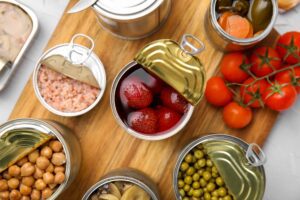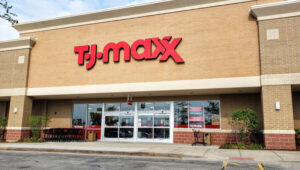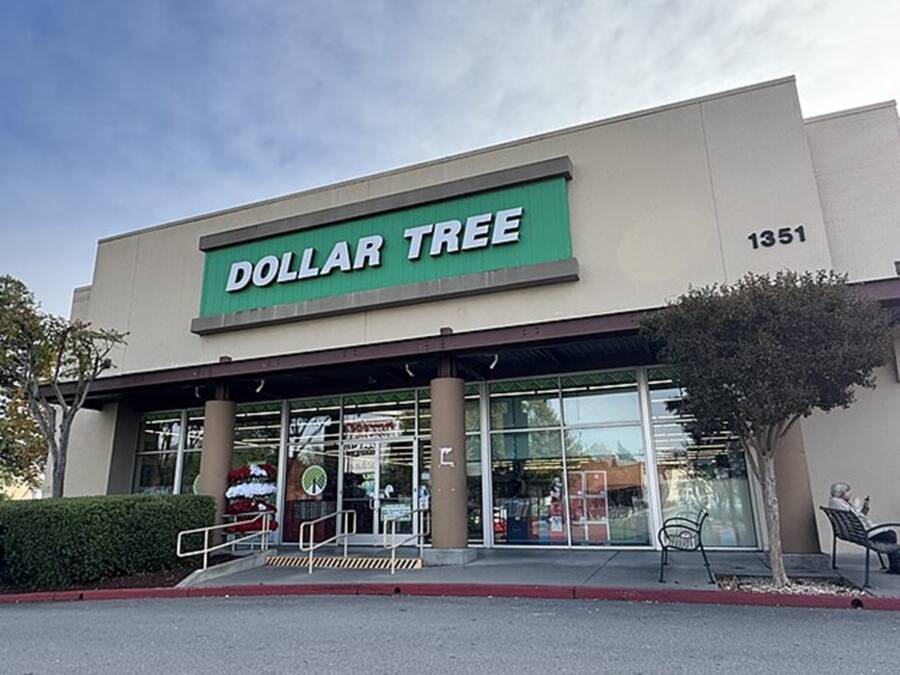Do you want to save $1,000 monthly? Learn to avoid these grocery store traps!
It’s no secret that grocery prices seem to be rising faster than ever. Everything costs a lot more than before, and while we might get the same money as before, we can’t purchase as many things as we used to. Many of us may wonder, half-jokingly, if we should get a loan before we shop in the meat aisles.
According to several sources, supermarket prices have increased by 25%, scaring families and even lone consumers across the country that their pantries would run out of food. Since we live in a world that’s full of unpredictable factors, such as severe weather or bird flu, which can affect supermarket prices, we need to start buying more frugal. We’ve put together a list of grocery store traps you need to avoid, and it will save you lots of money monthly.
With your imagination, adaptability, and us to help you, it’s possible to save up to $1,000 monthly. If you want to steer clear of the typical problems that cause the checkout lane to become a money trap, here are all the grocery store traps you need to avoid!
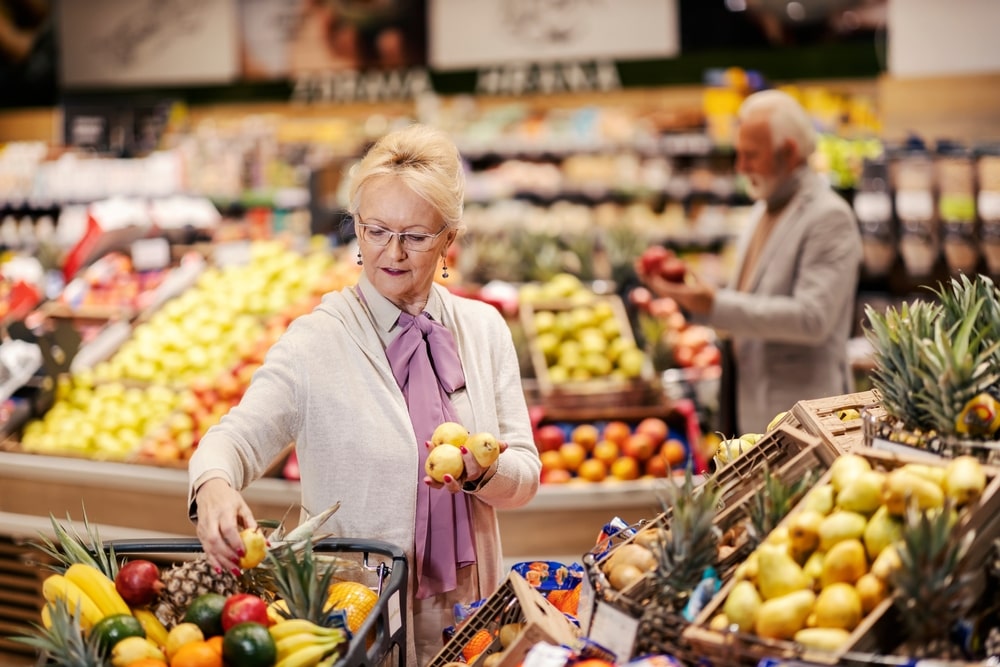
1. Getting ingredients for a meal at once
One of the biggest grocery store traps is purchasing items for only a meal at a time. If you do that, you have more reasons to go to the store again, and you’ll end up spending more money than you wanted.
If you buy things in bulk, such as pasta, rice, and canned items, you can then get creative in the kitchen and enjoy nutritious and healthy meals on a budget. For instance, one day you could eat pasta (these are my favorite ones) with pomodoro and chicken breast; a few days later, you could make a pasta salad with fresh veggies, tuna, and cheese; or you could eat a small portion of pasta paired with a fresh salad.
Besides forcing you to be more creative and cook with what you already have, purchasing in bulk results in a significant drop in price per unit. This trick has been my grocery budget superhero, swooping in to rescue me with an extra 15% in savings.
Extra tip: Another way to avoid these grocery store traps is to look in your pantry, fridge, and freezer before going to the store. It will save you time and money!
2. Not paying attention to discounts
The majority of supermarket chains provide weekly or daily flyers that are jam-packed with coupons and other deals. These deals are frequently left behind when you stroll past these flyers on your way into the store.
It’s worth looking through those flyers online or even just stopping by the shop to quickly pick up a copy before making your weekly grocery list so you can schedule your meals around things that are on sale. Another tip to benefit from all these amazing offers and other discounted pricing is to sign up for loyalty programs.
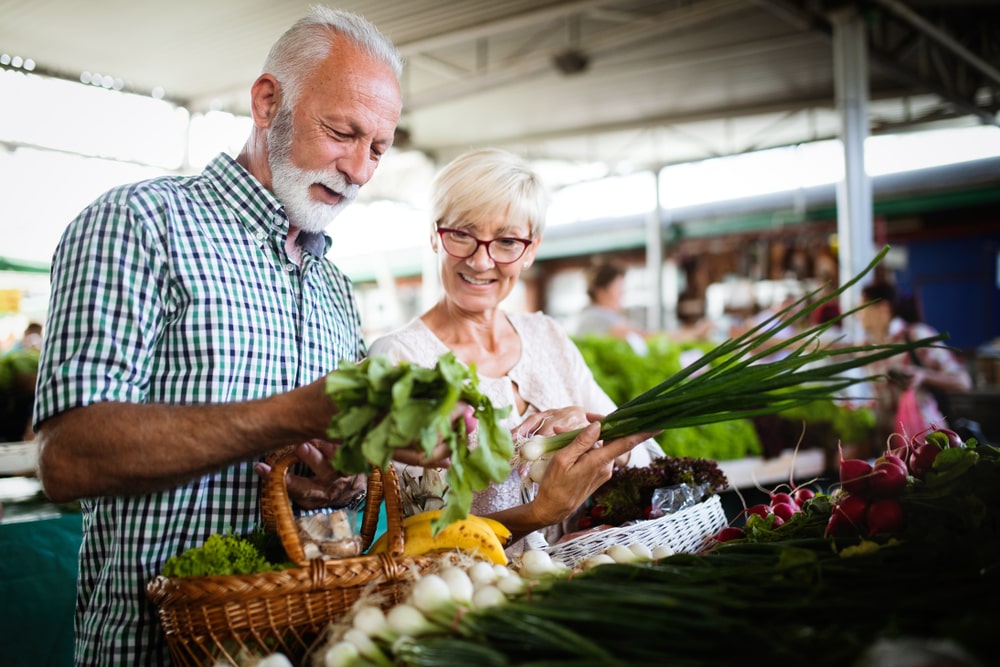
3. Look for organic in the wrong places
Do you want to get organic food? Many people prefer to buy these options because they’re healthier and more environment-friendly, although they can cost an extra buck or two. While plenty of stores have built a brand on organic foods that are tasty and of high quality, such as Whole Foods, one of the most popular grocery store traps is getting your produce from them.
Yes, that’s right, the options you will find in supermarkets are more likely to make your eyes water and not your mouth, considering how pricey they can be. The good news is that you don’t need to hit the store to get much-needed organic produce. You can go to the farmers market to purchase your fresh fruits, veggies, and herbs, and I guarantee you they’ll taste a million times better, and they’ll also be more affordable compared to the ones in supermarkets.
There are many other grocery store traps to talk about today, so don’t go anywhere!
4. You get everything from one place only
This one is one of the biggest grocery store traps, and it can be quite hard to acknowledge. It’s simple to complete all of your purchases in one go, at one store. However, this can be a mistake for both your budget and your kitchen or overall home versatility. That’s because you’re squeezing yourself into a particular range of costs if you insist on simply buying at big-box chains or the nearest store.
If you want to get the best deal, you have to be prepared to make several trips to different types of shops (within reasonable bounds, of course). For example, you could get cleaners or paper goods for less money at Dollar General, while pantry items could be bought in bulk from Costco and your fresh produce from the farmers’ market.
Purchasing from multiple places allows you to avoid grocery store traps while also giving you the option to compare prices, product quality, option availability, and so many other things. You could save serious money if you try to split your grocery trip among multiple stores, like warehouse clubs, local farmers’ markets, and discount stores.
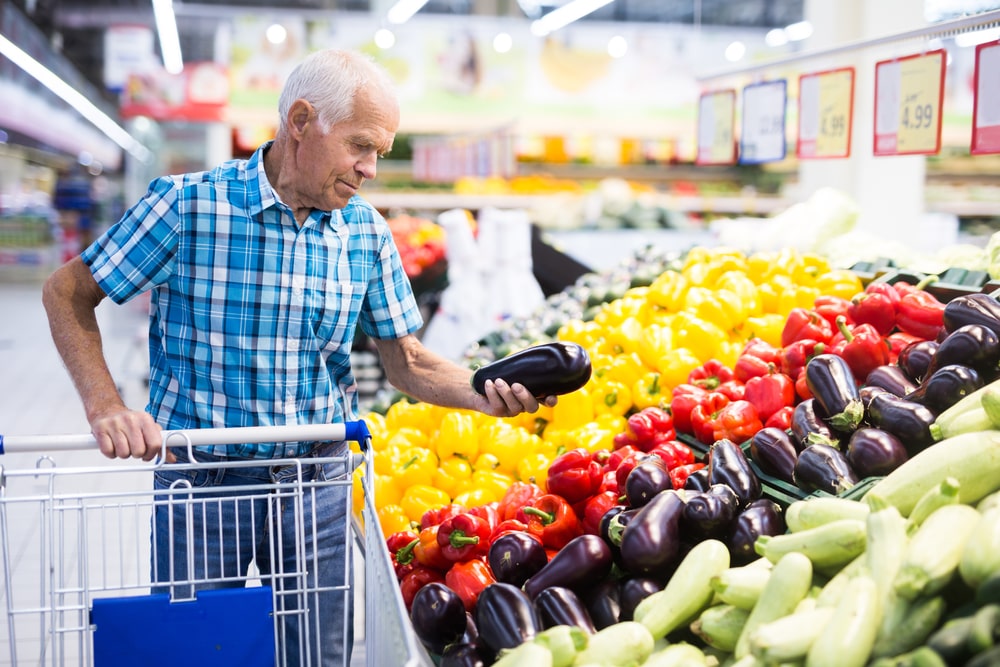
5. You don’t check your pantry
Sometimes, your pantry is the best place to “grocery shop,” because you might already have everything you need to cook the next meal or two. I used to make this mistake all the time, and I ended up throwing things away or forgetting about some items I had at home.
If you want to avoid these grocery store traps, you need to check your freezer and your pantry before you head out. You might have some grains and some frozen things, which can come in handy for a dish. This way, you prevent food waste and spending more money than you need.
6. You focus on purchase price rather than on the price per quantity
Here’s another one of these costing grocery store traps: you don’t pay attention to the price per quantity because you’re too busy focusing on the purchase price. For instance, buying two separate packets of raw beans for $2 might be less expensive than purchasing a can of beans for $1.50; when you take a closer look, you might notice that a pack of beans has three times the quantity of a can of beans.
In other words, each can of pre-cooked beans costs you $1.25 per ounce, while the pack of beans has a much better price of $0.66 per ounce per package. To maximize your purchase and reduce your costs, keep this in mind. Try to pay more attention to the cost per unit than the total cost, because you might go home with more food in your cart and more money in your pocket.
Which one of these grocery store traps have you fallen victim to? If you know of any other grocery store traps that we didn’t include in this list, let us know in the comments below! If you enjoyed reading this article and want to check out something else from Frugal Americans, here’s a post you might find helpful: Here’s How You’ve Been Tricked Into Spending More at the Restaurant






